Coupon 🛒 Quechua Hiking Clothing 👩 Women’s Nature Hiking Leather 👟 Shoes NH500 😍
$20.00 Original price was: $20.00.$16.20Current price is: $16.20.
- Experience the Best Quality
- The quality you expect, the service you deserve.
- The best quality products, always.
- Safe Transactions, Happy Customers

Our motivation? To offer comfortable leather hiking boots for relatively flat paths. They look good and have a wide range of lacing options at the front of the foot.
day-long lowland hiking in dry weather and on technical terrain. For regular use.
CrossContact sole
The design of this sole has been the subject of extensive research in our laboratories. It consists of a specific rubber formulation to optimize grip and traction. Given that everyone has different needs, we are always looking for the best compromise for walking on country paths made of earth (e.g. forest trails) and sandy/stony paths (e.g. coastal trails).
Reducing our environmental impact
On the 2018 version of these NH500, we chose more eco-friendly components: inside of the upper made of recycled polyester (100%)
and outsole made of recycled rubber (30%).
Designed for use on country paths
Our hiking boots are designed for use on country trails. Indeed, we choose the components of the sole and upper of our boots and test them to ensure that they are ideally suited to hiking on loose trails (e.g. forest paths made of soil) or rocky trails (e.g. rocky coastal paths). The boots may wear prematurely and feel uncomfortable when used on roads (asphalt). They are not suitable for mountain walking.
Laboratory test
Laboratory tests are conducted to test the following elements: tearing of the eyelets and straps, gluing, toxicology, UV resistance, abrasion of the sole and the components of the upper, accelerated aging. We use these tests to improve the quality of our products and prevent the premature wear of our hiking boots.
What is the origin of our leather
We use a so-called suede leather. It has a soft silky touch. The leather of this boot comes from cowhide. We don’t kill any animals to get this leather: we only use the waste products from the food industry.
How to maintain your leather boots
After your hikes, we advise you to: leave your boots to dry away from a heat source, vigorously brush the dried leather with a hard brush to eliminate any mud and dirt, brush with a crêpe or suede brush to remove the stains. If the stains persist, we can clean with a brush and a little warm water and brush them again with a hard brush. We also recommend that you spray your boots with a waterproof spray
How to choose the correct size of hiking boot
Try on both boots while standing, with the socks worn for hiking. Try on several models or sizes if necessary. Check the following 2 comfort points: the base of the heel and the front part of the foot going downhill. There should be no pressure points when trying them on. Feel free to walk around the store. Gradually wear in your boots over the course of a few hikes so that they conform to your feet.
The boot/sock combination plays an important role.
Many things cause blisters when hiking: rubbing, a crease in the sock, moisture, a boot size that is too small or too big, etc.
It is therefore important to choose the right size and to have socks made of the right material for your hiking boots.
How to choose the size of your hiking socks
You must choose the right sock size for your foot so that there are no additional creases in the sock. If your socks are too big, there will be too much material around your foot. If your socks are too small, they will pull additional material inside the boot.
How to choose the material of your hiking socks
Moisture must be effectively managed when hiking: this is often unavoidable given that we perspire.
If your boot is breathable, it will eliminate the moisture of your perspiration: in this case, you need to choose a lightweight sock that is also breathable
If your boot is relatively waterproof, you will need to make a different choice to protect yourself from rainwater: you need to go for a sock that will absorb your perspiration and keep it as far away from your foot as possible.
Which pair of socks is suitable for the NH500 boots?
Although this type of footwear offers some breathability, it is not sufficient to eliminate all the moisture of your perspiration. You should therefore choose NH500 low or mid socks: they contain cotton that absorbs moisture and they have a plush loop construction under the sock that keeps the moisture away from your foot. What’s more, they are high enough to protect your ankle from the boot.
This is an excellent combination for reducing blisters.
Warranty
Our hiking boots are guaranteed for 2 years.
Our commitment? To offer you hard-wearing products you can take with you on all your country walks. Because the products we like the most are those with a story behind them that is still ongoing!
Composition
Outer sole of : 70.0% Rubber – Styrene Butadiene Rubber, Outer sole of : 30.0% Ethylene Vinyl Acetate Upper of : 80.0% Cowhide leather, Upper of : 20.0% Polyester cationic Lining and sock of : 100.0% Polyester (PES) – Recycled
Care Instructions
Do not machine wash. Wash in soapy water with a brush. Do not tumble dry. Do not dry near a source of heat.
Cushioning : Full-length cushioning for maximum comfort
Grip : CrossContact sole with 4 mm lugs, made for country trails
Fit : Lacing system with 7 eyelets for multiple adjustment options
Abrasion resistant : Split leather upper and rubber sole
Ecodesign : 30% recycled rubber sole. 100% recycled inner lining
Lightweight : Each boot weighs only 10.1 oz in size US W 8 (EU 39)
| Color | Gray |
|---|---|
| Size | 5.5, 6.5, 7.5, 8, 9, 9.5, 10.5 |
Be the first to review “Coupon 🛒 Quechua Hiking Clothing 👩 Women’s Nature Hiking Leather 👟 Shoes NH500 😍” Cancel reply
Related products
Hiking Clothing
Hiking Clothing
Budget 🤩 Forclaz Trek 100 23°F Down Packable Puffer 🎒 Backpacking Jacket Hiking Clothing 🤩
Hiking Clothing
Outlet 🤩 Hiking Clothing Forclaz Trek 100 23°F Down Packable Puffer 🎒 Backpacking Jacket 🥰
Hiking Clothing
Cheap 🥰 Quechua MH100, Short Sleeved Hiking T-Shirt, Men’s 👍
Camp Furniture

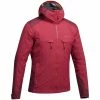
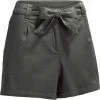

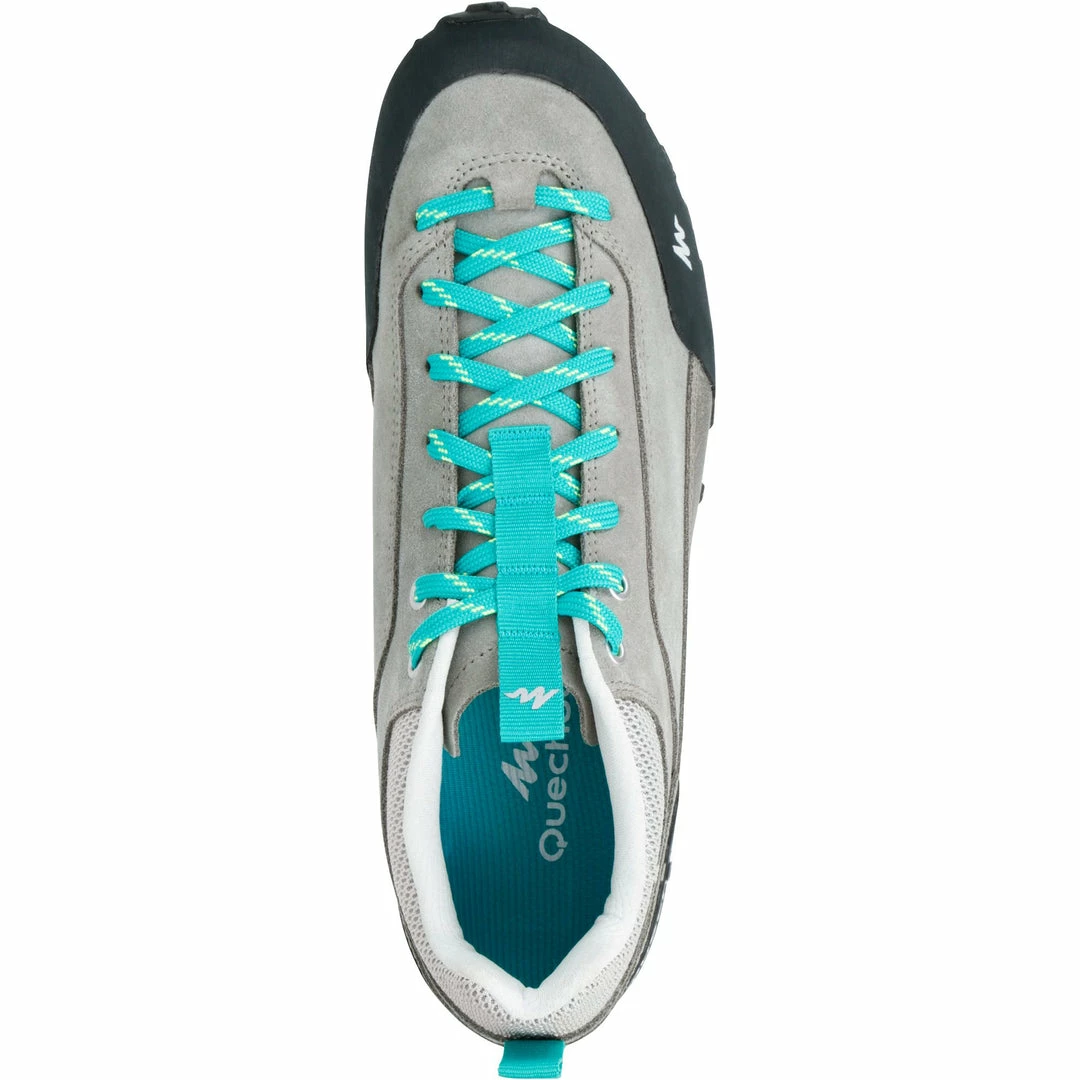



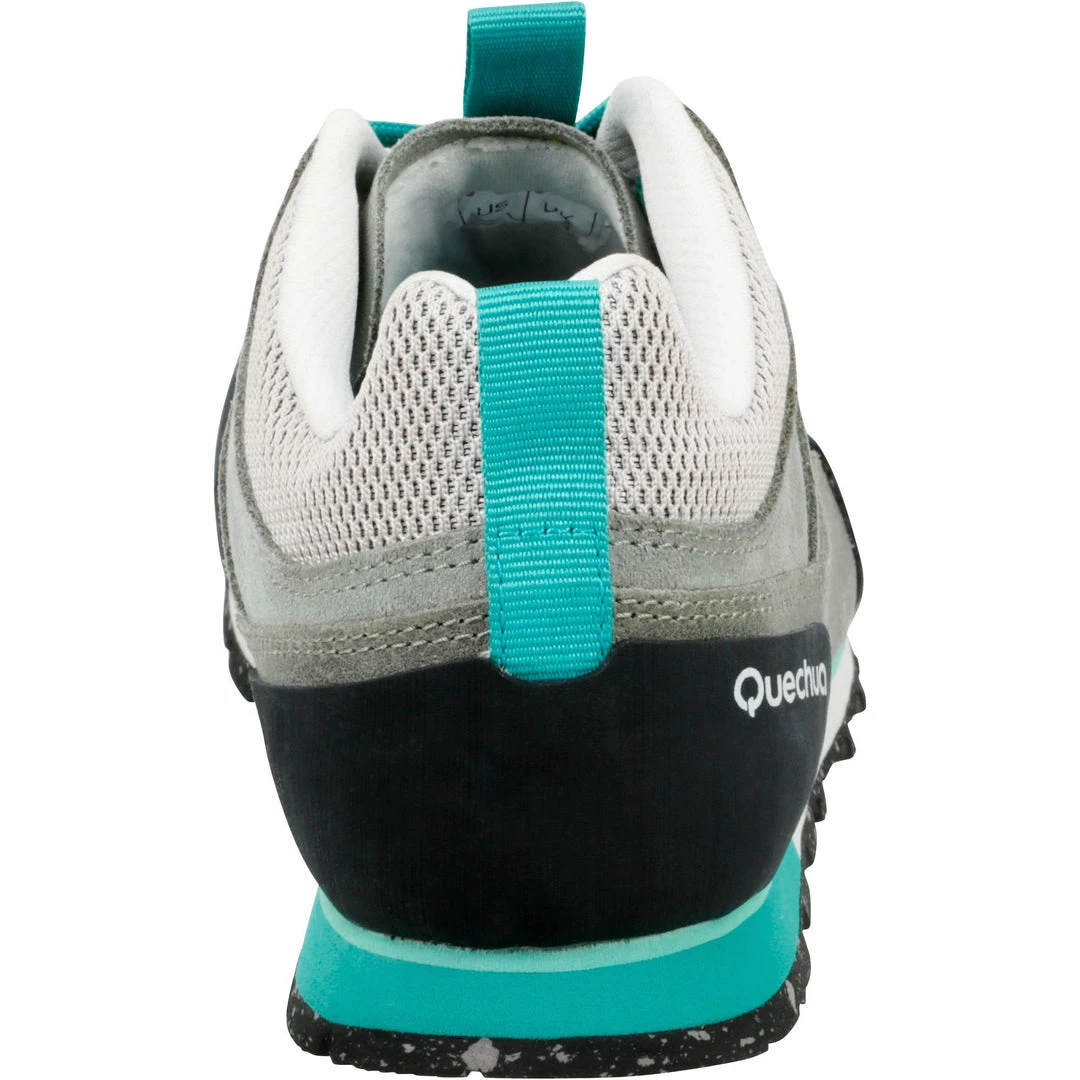


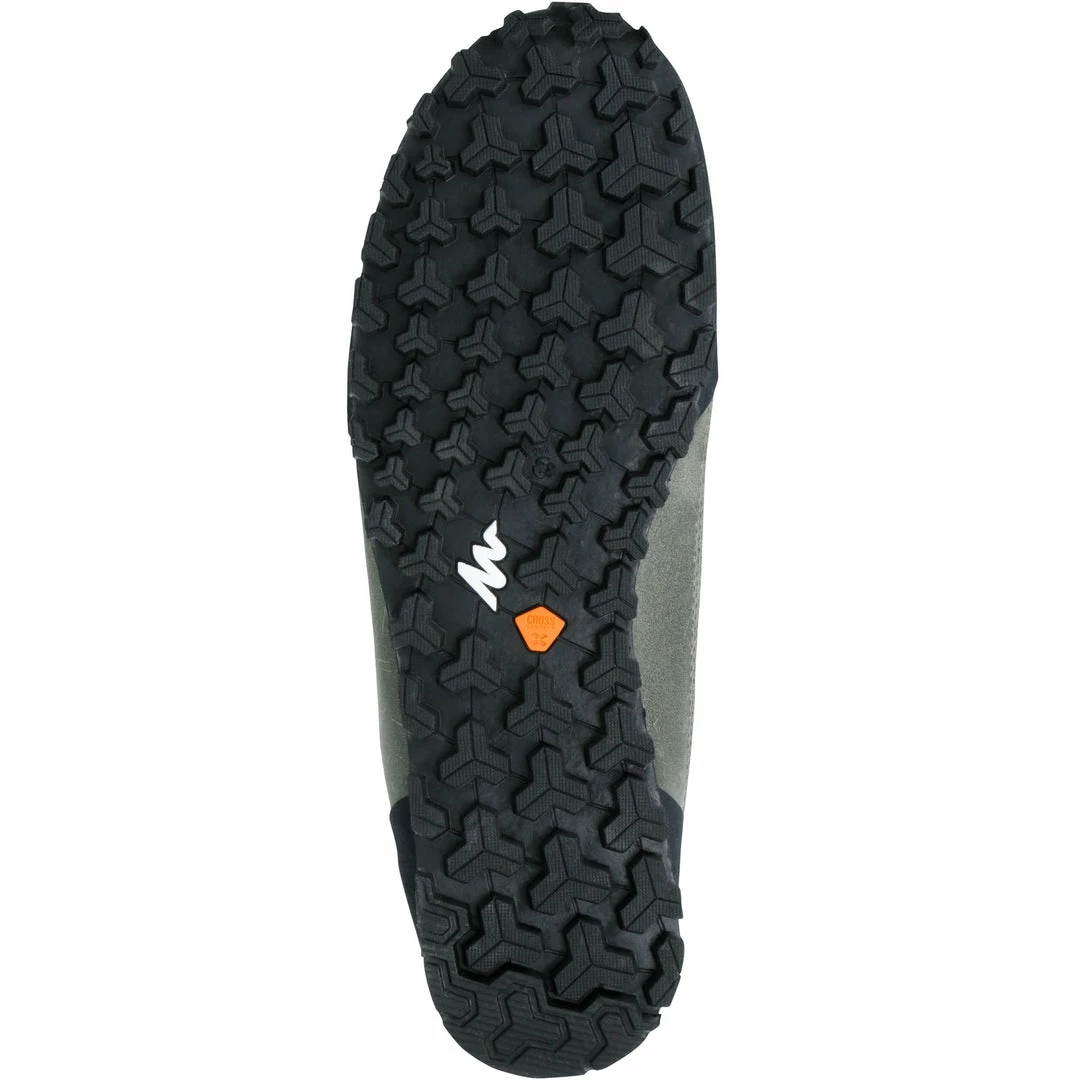
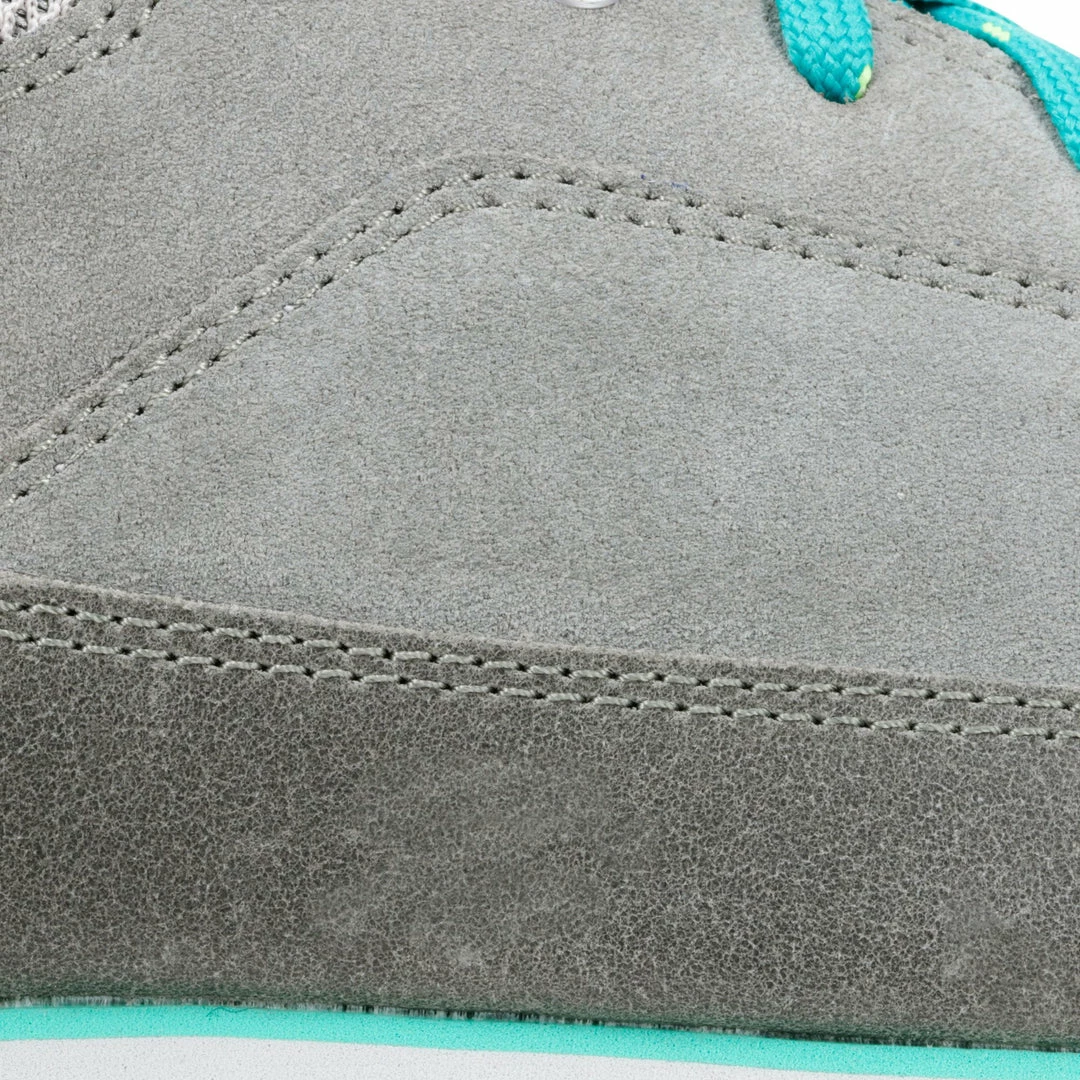

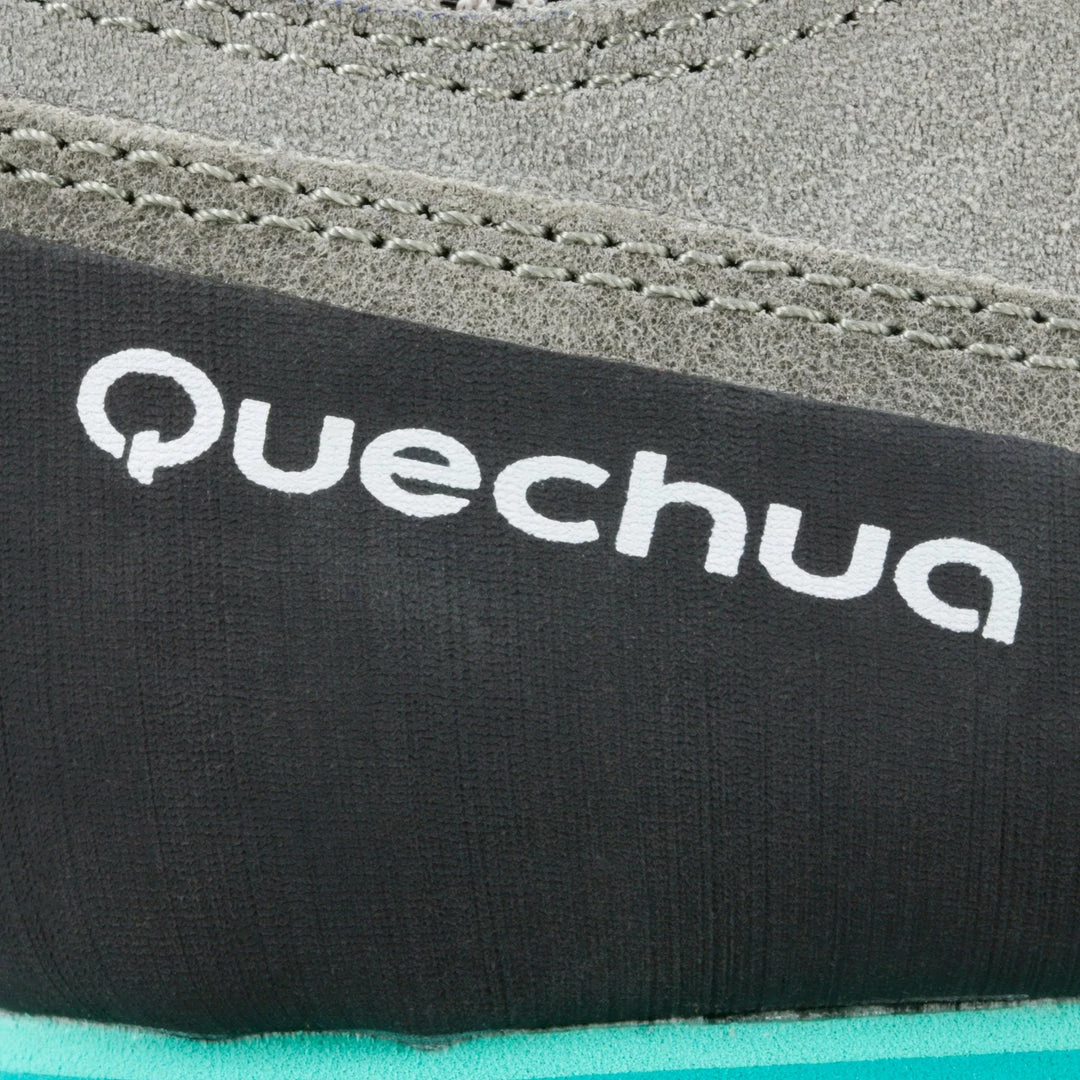
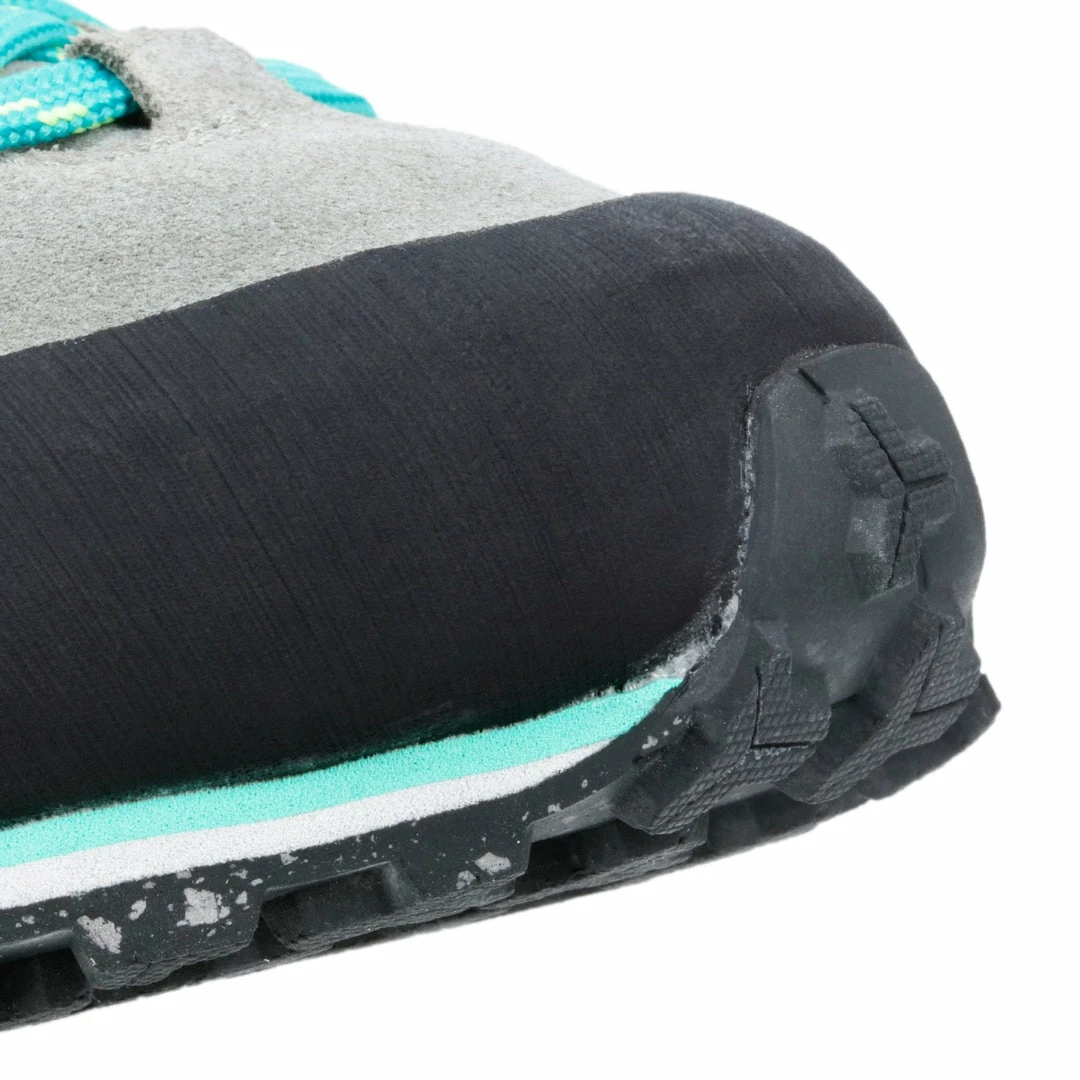
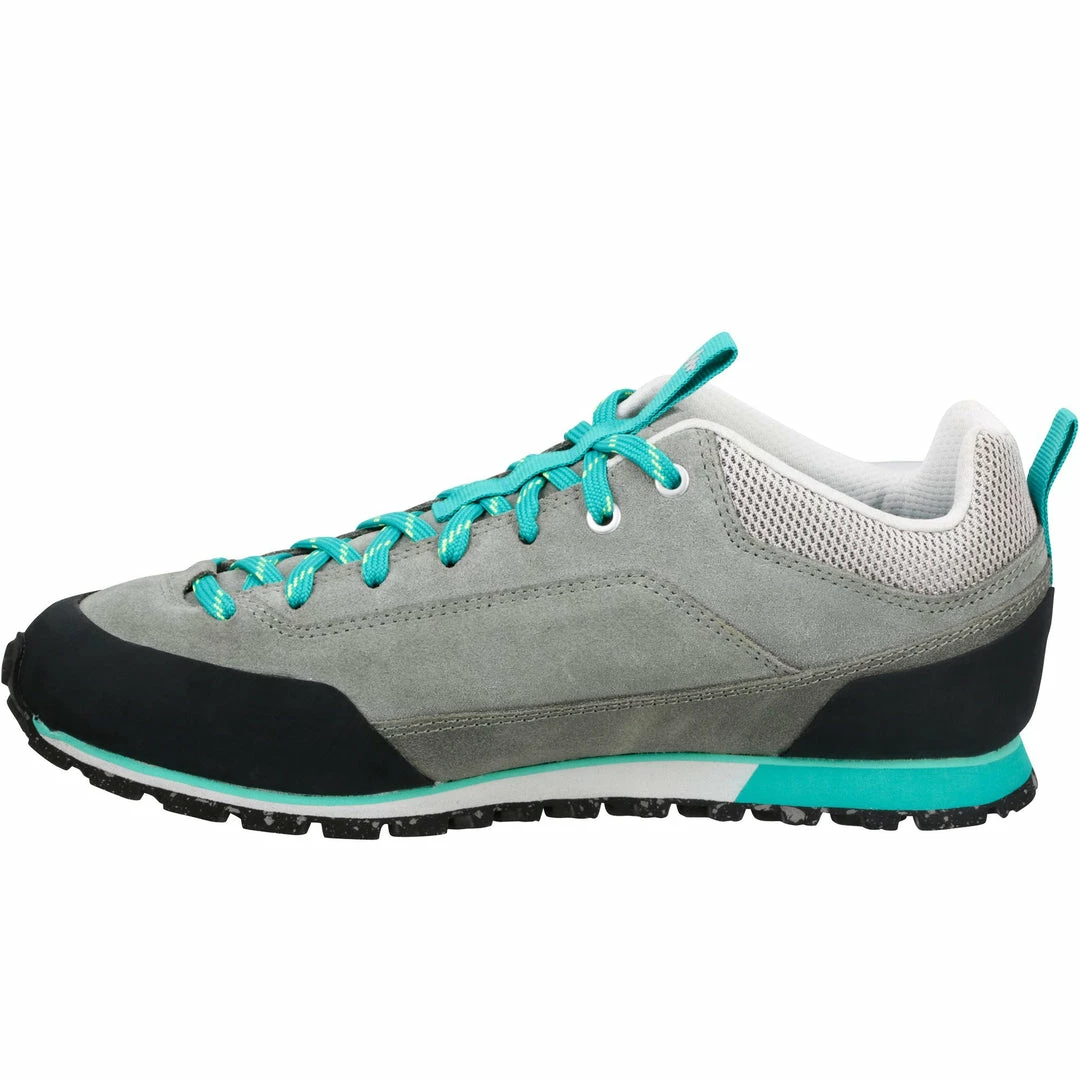
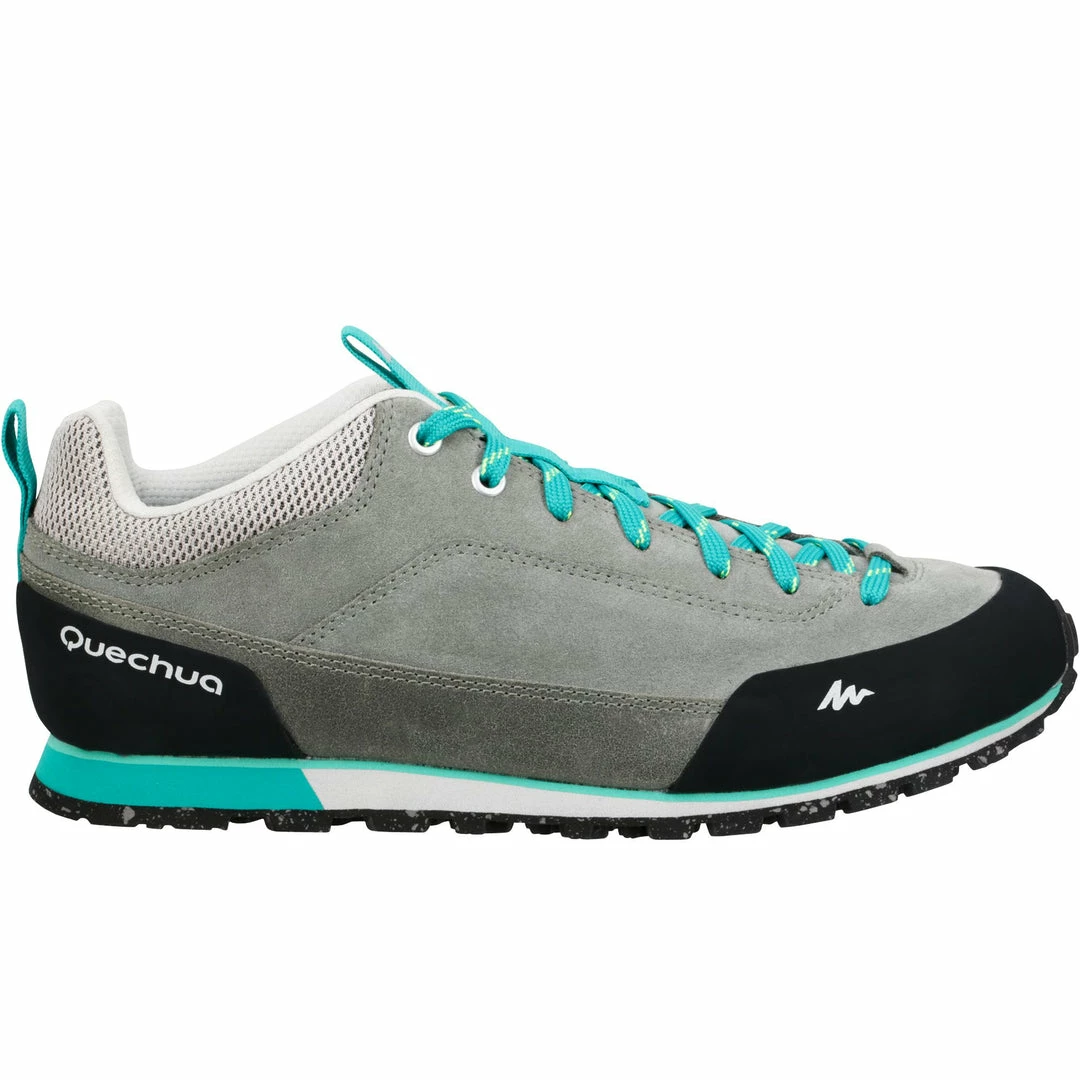

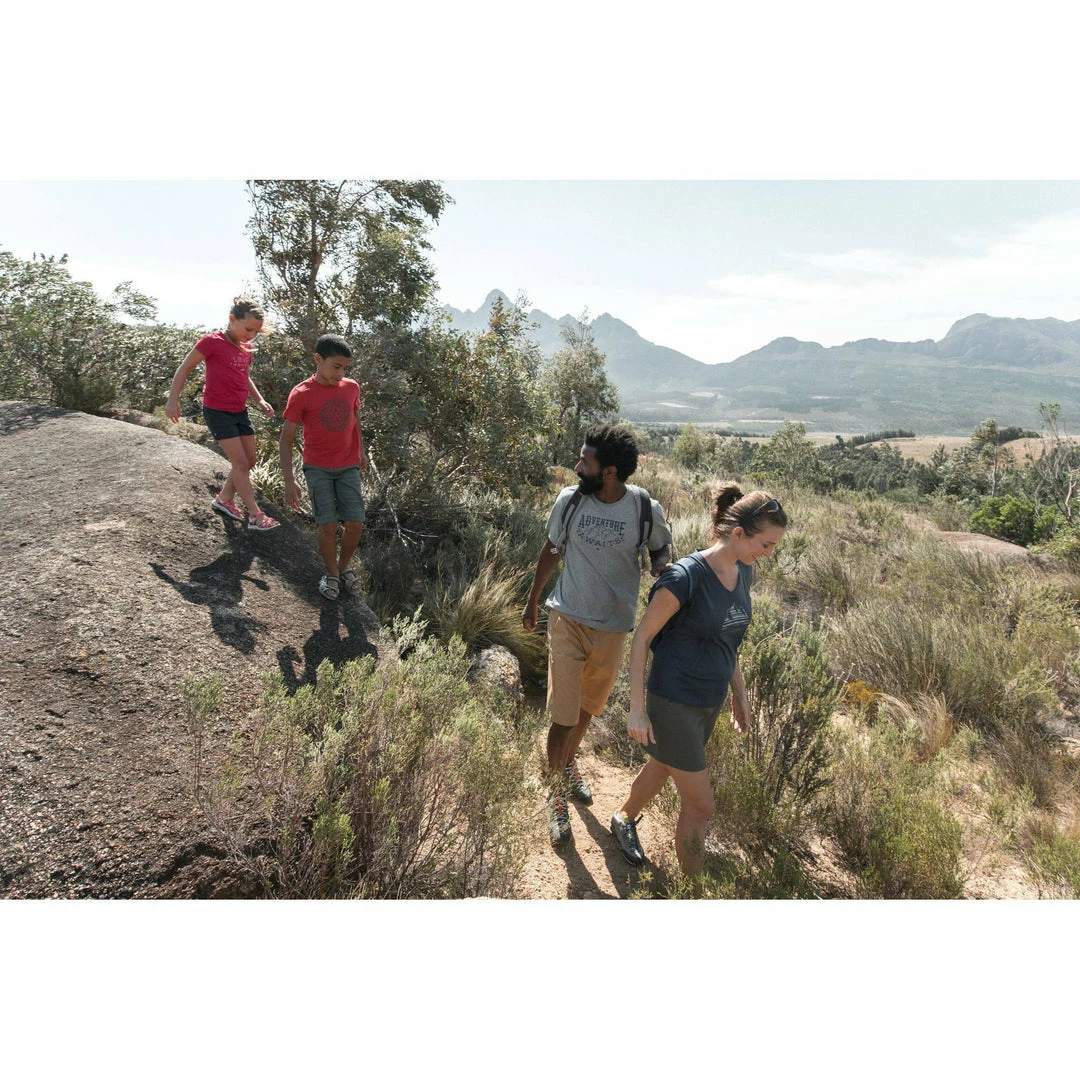

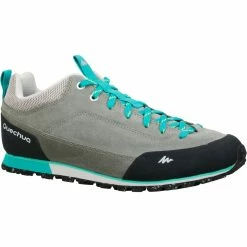
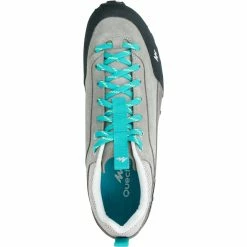
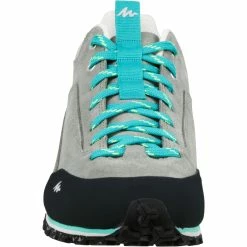
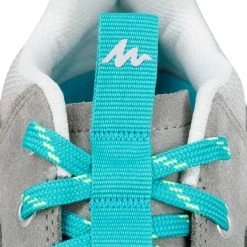

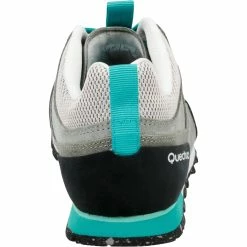
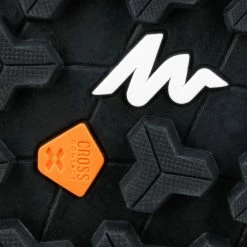

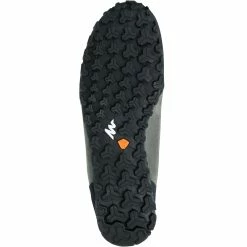



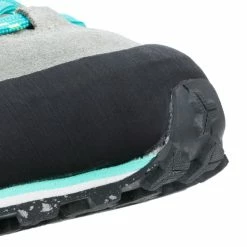
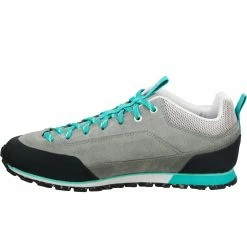

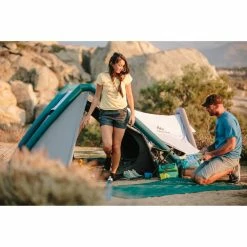

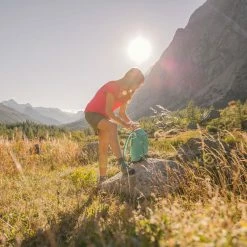




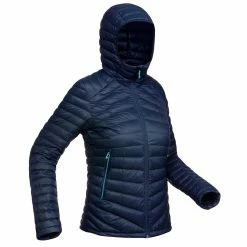
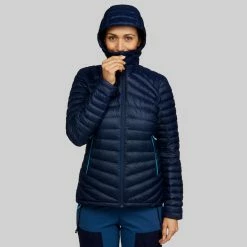

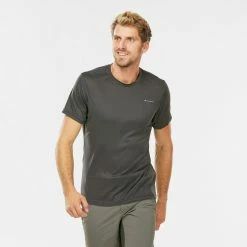








Reviews
There are no reviews yet.